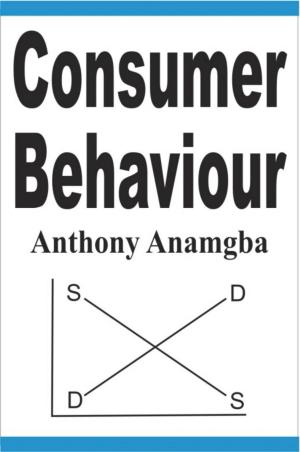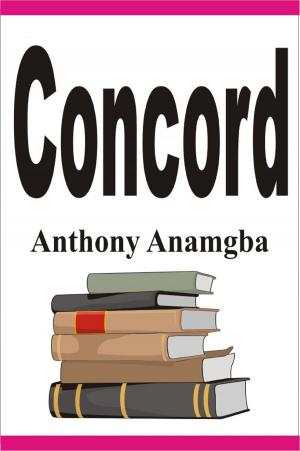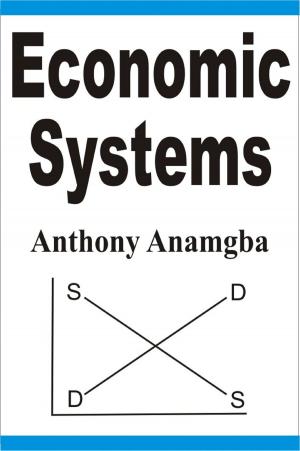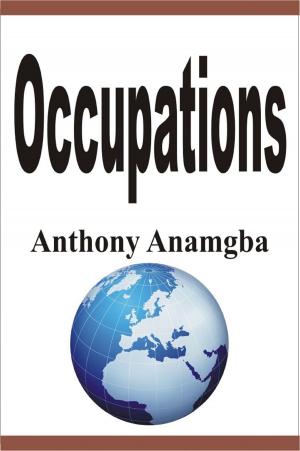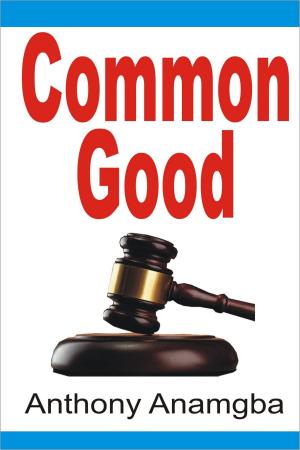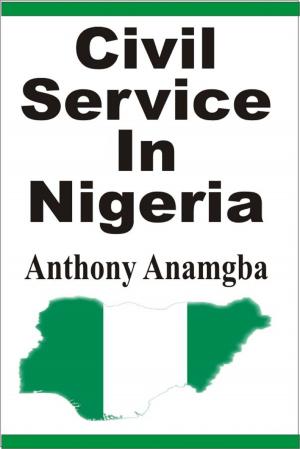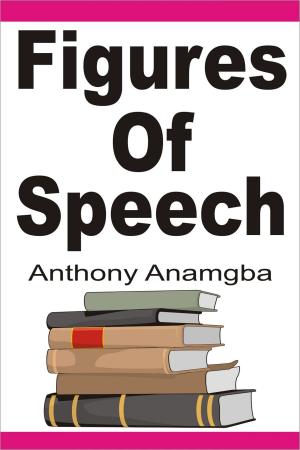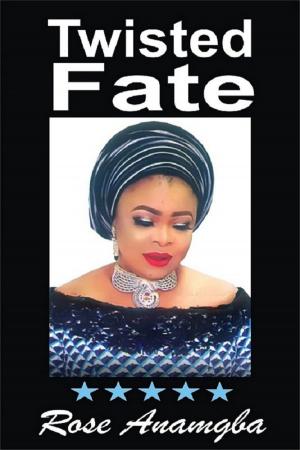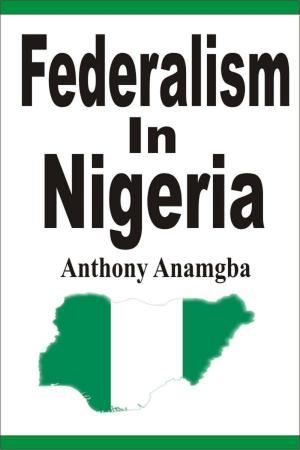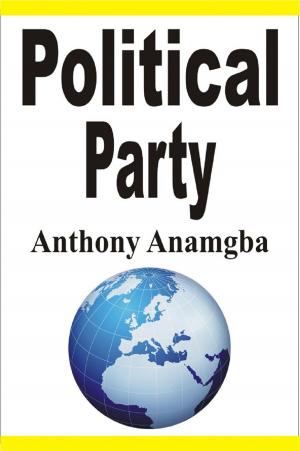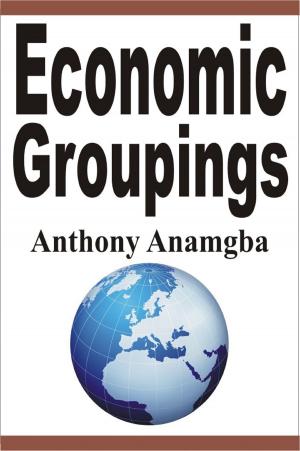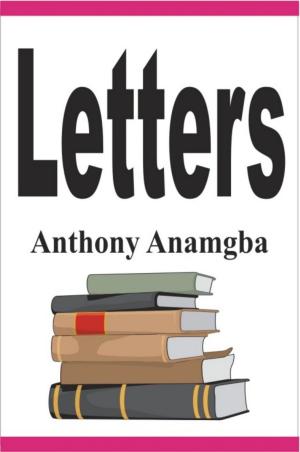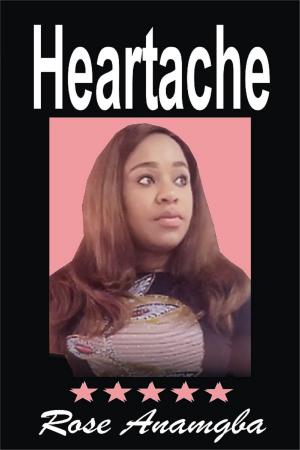| Author: | Anthony Anamgba | ISBN: | 9781370462469 |
| Publisher: | Anthony Anamgba | Publication: | March 16, 2017 |
| Imprint: | Smashwords Edition | Language: | English |
| Author: | Anthony Anamgba |
| ISBN: | 9781370462469 |
| Publisher: | Anthony Anamgba |
| Publication: | March 16, 2017 |
| Imprint: | Smashwords Edition |
| Language: | English |
Consonant is a sound produced by obstructing or restricting temporarily the flow of air, either partially or completely from the lungs. Consonants are twenty-four sounds represented by these phonetic symbols: /p/, /b/, /t/, /d/, /k/, /g/, /f/, /v/, /θ/, /ð/, /s/, /z/, /j /, /w/, /r/, /l/, /ʃ/, /tʃ/, /n/, /ŋ/, /h/, /m/, /d͡ʒ/ and /ʒ/.
It is in this lucid manner that this book will teach you consonants. It will help you to learn how to pronounce the words that have consonant sounds only if you can successfully imitate the newscasters of the British Broadcasting Corporation.
It clearly explains the major types of consonant. They are voiced consonants and voiceless consonants. If the vocal cords are relatively opened when a sound is being produced, there is a voiced consonant. These are voiced consonants: /b/, /d/, /g/, /v/, /ð/, /z/, /d͡ʒ/, /tʃ/, /ʒ/, /m/, /ŋ/, /l/ and /w/.
It analyzes the voiceless consonants. If the vocal cords are relatively closed when a sound is being produced, there is a voiceless consonant. These are voiceless consonants: /p/, /t/, /k/, /f/, /θ/, /s/, /ʃ/, /h/, /n/, /r/ and /j/.
With sentence examples, it shows you how to pronounce the words that contain the voiced consonants: /b/, /d/, /g/, /v/, /ð/, /z/, /d͡ʒ/, /tʃ/, /ʒ/, /m/, /ŋ/, /l/ and /w/.
With sentence examples, it shows you how to pronounce the words that contain the voiceless consonants: /p/, /t/, /k/, /f/, /θ/, /s/, /ʃ/, /h/, /n/, /r/ and /j/.
With sentence examples, it shows you how to pronounce the words that contain the consonant clusters. Spr as in spray, spring; stj as in stew, steward; mpt as in prompt, tempt; mbl as in humble, crumble; and ndl as in handle, candle, bundle.
And it contains many crucial questions designed to enable you master how to pronounce all the words that have consonant sounds.
Consonant is a sound produced by obstructing or restricting temporarily the flow of air, either partially or completely from the lungs. Consonants are twenty-four sounds represented by these phonetic symbols: /p/, /b/, /t/, /d/, /k/, /g/, /f/, /v/, /θ/, /ð/, /s/, /z/, /j /, /w/, /r/, /l/, /ʃ/, /tʃ/, /n/, /ŋ/, /h/, /m/, /d͡ʒ/ and /ʒ/.
It is in this lucid manner that this book will teach you consonants. It will help you to learn how to pronounce the words that have consonant sounds only if you can successfully imitate the newscasters of the British Broadcasting Corporation.
It clearly explains the major types of consonant. They are voiced consonants and voiceless consonants. If the vocal cords are relatively opened when a sound is being produced, there is a voiced consonant. These are voiced consonants: /b/, /d/, /g/, /v/, /ð/, /z/, /d͡ʒ/, /tʃ/, /ʒ/, /m/, /ŋ/, /l/ and /w/.
It analyzes the voiceless consonants. If the vocal cords are relatively closed when a sound is being produced, there is a voiceless consonant. These are voiceless consonants: /p/, /t/, /k/, /f/, /θ/, /s/, /ʃ/, /h/, /n/, /r/ and /j/.
With sentence examples, it shows you how to pronounce the words that contain the voiced consonants: /b/, /d/, /g/, /v/, /ð/, /z/, /d͡ʒ/, /tʃ/, /ʒ/, /m/, /ŋ/, /l/ and /w/.
With sentence examples, it shows you how to pronounce the words that contain the voiceless consonants: /p/, /t/, /k/, /f/, /θ/, /s/, /ʃ/, /h/, /n/, /r/ and /j/.
With sentence examples, it shows you how to pronounce the words that contain the consonant clusters. Spr as in spray, spring; stj as in stew, steward; mpt as in prompt, tempt; mbl as in humble, crumble; and ndl as in handle, candle, bundle.
And it contains many crucial questions designed to enable you master how to pronounce all the words that have consonant sounds.

